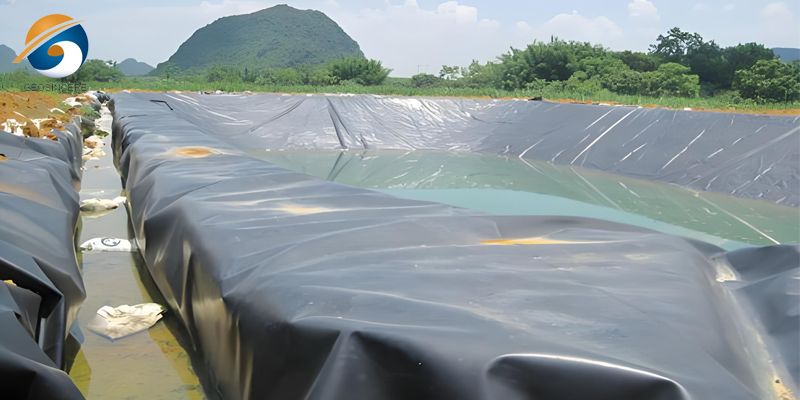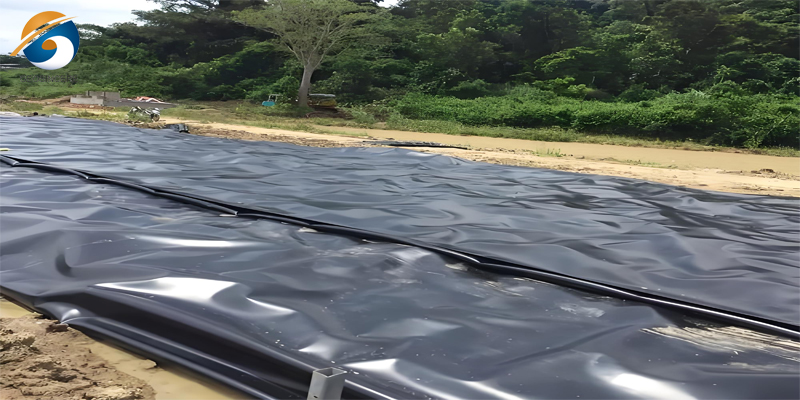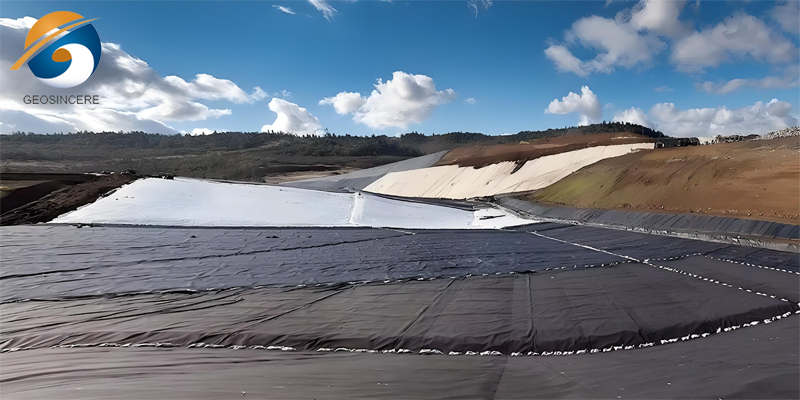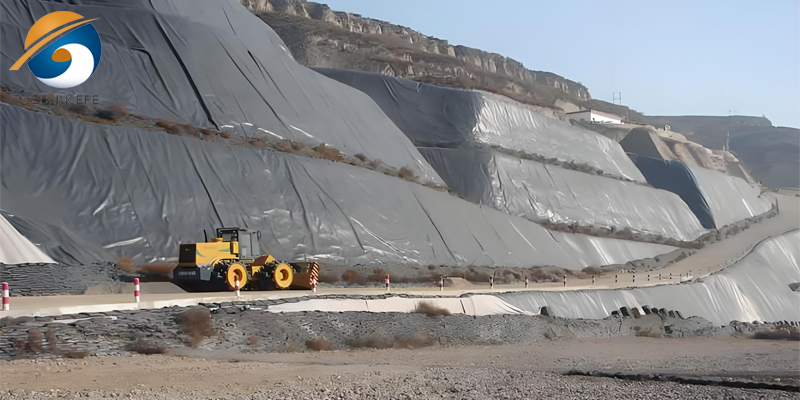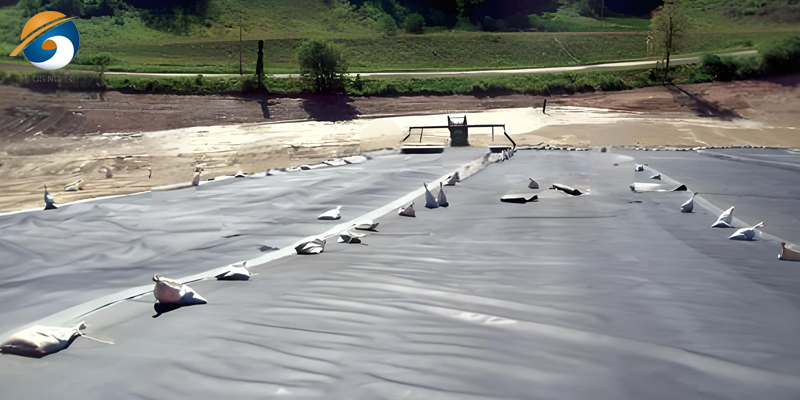What Are The Installation Requirements for 20 mil HDPE Liner?
Installing a 20 mil HDPE liner is a critical process that ensures effective containment of liquids in various applications ranging from artificial lakes to landfills. The durability and flexibility of this lining make it a popular choice for many projects. However, achieving the most favorable overall performance largely depends on the ideal installation technique. This article outlines the basic requirements for installing 20 mil HDPE liner, with a focus on site preparation, material selection, installation methods, and post installation practices to ensure successful and lasting results.
1. What Are the Key Features of a 20 Mil HDPE Liner?
1.1 Thickness and Durability
-The thickness of 20 mils provides a powerful barrier, making it suitable for multiple functions, and durability is essential.
1.2 Chemical resistance
-HDPE lining is resistant to various chemicals, making it highly suitable for use in landfills, wastewater treatment, and industrial applications.
1.3 UV stability
-Many 20 million HDPE liners have undergone UV resistant treatment to withstand prolonged exposure to sunlight without degradation.
1.4 Flexibility
-Despite its thickness, the 20 mil liner still has flexibility, allowing it to adapt to irregular surfaces and making setup easier.
1.5 Easy to install
-The lining can be welded or sewn using various methods, such as hot welding, to ensure the impermeability of the installation.
1.6 Cost effectiveness
-Compared to thicker liners, 20 mil HDPE liners have stability in overall performance and cost, making them a budget friendly alternative for many projects.
V.7 Environmental Protection
-This pad effectively prevents leakage and pollution, protecting groundwater and surrounding ecosystems.
1.8 Lifespan
-With acceptable settings and maintenance, the 20 mil HDPE lining can be used for many years, providing reliable overall performance throughout its lifespan.
2. What Applications Are Most Suitable for a 20 Mil HDPE Liner?
2.1 Landfills
- Used as a barrier to stop leachate from contaminating groundwater and surrounding soil.
2.2 Wastewater Treatment
- Ideal for ponds and lagoons the place containment of wastewater is vital to shield the environment.
2.3 Agricultural Ponds
- Utilized in irrigation and water storage purposes to limit water loss due to seepage.
2.4 Reservoirs and Lakes
- Suitable for lining synthetic lakes and reservoirs to hold water effectively.
2.5 Mining Operations
- Employed in tailings ponds and heap leach pads to manipulate and include hazardous materials.
2.6 Stormwater Management
- Used in detention and retention ponds to manipulate runoff and stop flooding.
2.7 Aquaculture
- Applied in fish farming and aquaponics structures to create ponds that keep water barring leakage.
2.8 Construction Projects
- Utilized as a vapor barrier and for transient ponds for the duration of building to control water runoff and sediment control.
2.9 Environmental Remediation
-Implemented in projects aimed at cleaning up contaminated sites by controlling pollutants and preventing their spread.
3. What Maintenance Is Required for a 20 Mil HDPE Liner?
3.1 Regular inspection
-Perform a routine visual inspection to check for any signs of damage, such as punctures, tears, or UV degradation.
3.2 Cleaning
-Remove debris, vegetation, and sediment from the surface to prevent wear and maintain the integrity of the lining.
3.3 Repair damage
-Use high-quality repair materials and techniques, such as welding patches at torn areas, to immediately address material damage.
3.4 Leakage monitoring
-Implementing monitoring machines to observe leaks is mainly for key purposes such as landfill sites and wastewater treatment.
3.5 Control vegetation
-Manage plants near the padding to reduce the risk of root penetration through the material.
3.6 Water resource management
-Ensure good drainage around the lining to prevent water accumulation, which may cause the lining to move or become stressed.
3.7 UV protection
-If the lining is exposed to direct sunlight, it may be considered to use a protective cover or UV resistant coating to extend its service life.
3.8 Record maintenance activities
-Detailed records of inspections, maintenance actions, and repairs to track changes in the lining over time.
3.9 Professional evaluation
-Engage professionals in regular assessments, especially for high-risk applications, to ensure compliance with protection requirements and regulations.
4. How To Effectively Install 20 Mil HDPE Liner?
4.1 Site Preparation
- Clear the area of debris, sharp objects, and vegetation. Grade the surface to create a smooth, even base, ensuring proper drainage.
4.2 Material Selection
- Choose high-quality 20 mil HDPE liner from a reputable supplier, ensuring it meets the necessary specifications for your project.
4.3 Planning Layout
- Plan the layout of the liner, considering seams and overlaps. Minimize the number of seams to reduce potential leak points.
4.4 Cutting the Liner
- Cut the liner to the required dimensions using a sharp utility knife. Measure accurately to ensure proper fit and minimize waste.
4.5 Seaming Techniques
- Use appropriate seaming methods, such as:
- Hot Air Welding: Ideal for creating strong seams; requires specialized equipment.
- Extrusion Welding: Suitable for thicker seams or repairs.
- Tape Seaming: For smaller patches or less critical areas.
4.6 Anchoring the Liner
- Secure the liner at the edges using sandbags, anchor trenches, or stakes to prevent movement during installation.
4.7 Testing for Leaks
- After installation, perform a leak test by filling the area with water and monitoring for any signs of leaks or failures.
4.8 Backfilling and Covering
- If applicable, carefully backfill around the liner with suitable material, avoiding sharp objects that could puncture it. Ensure even pressure distribution.
4.9 Final Inspection
- Conduct a thorough inspection of the installed liner, checking seams, edges, and overall coverage for any issues.
4.10 Documentation
- Keep records of the installation process, including materials used, techniques employed, and any issues encountered, for future reference and maintenance planning.
5. Summarize
In summary, the successful installation of a 20 mil HDPE liner hinges on meticulous preparation and attention to detail. Proper site clearance, accurate material selection, and effective seam welding are essential steps that ensure a reliable barrier against leaks and contamination. Additionally, securing the liner effectively and conducting thorough inspections after installation are crucial for maintaining its integrity over time. By adhering to these installation requirements, you can maximize the performance and longevity of the liner in various applications.

